News
Remembering Sheridan’s Zoo
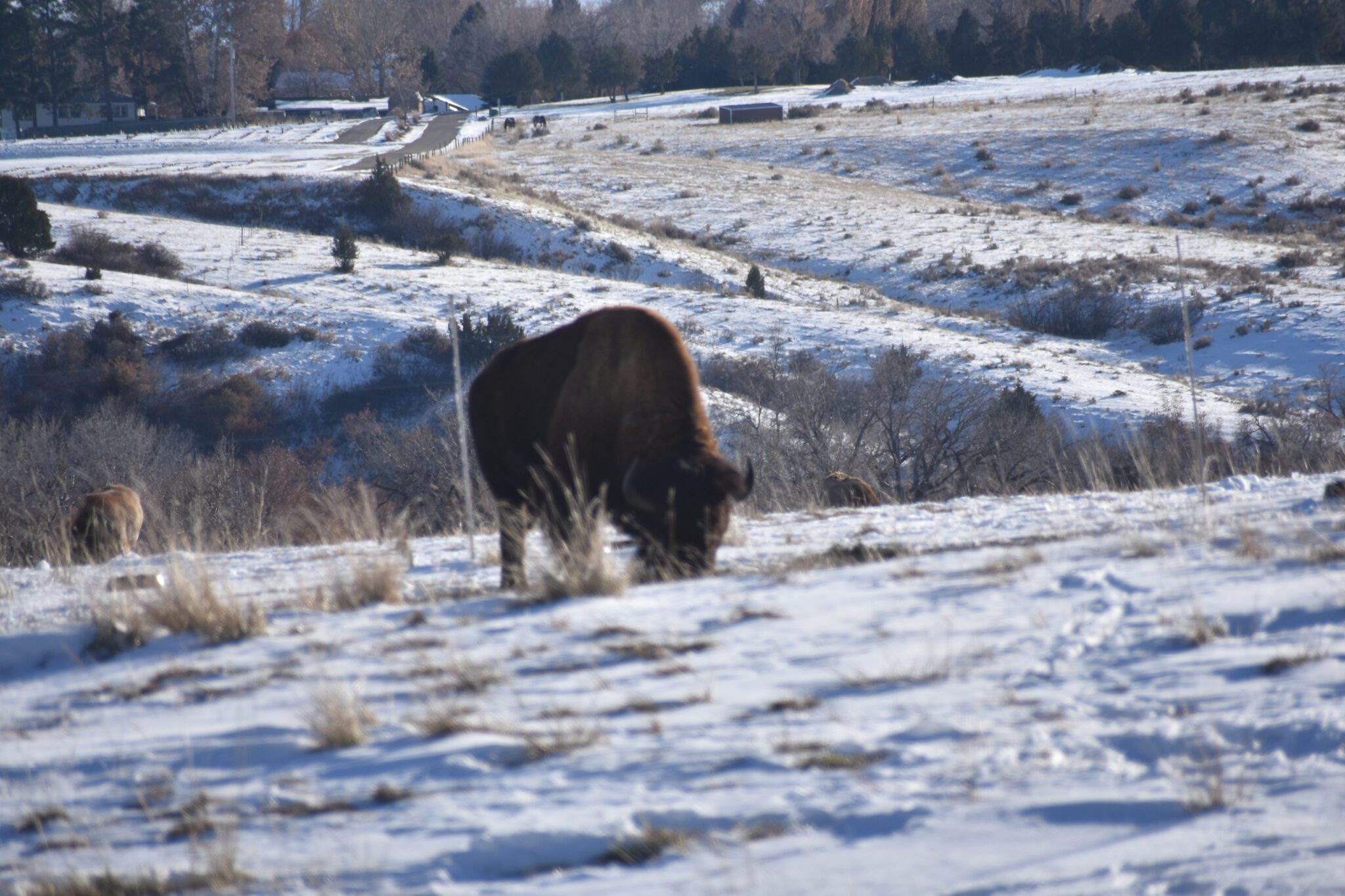
Many long-time Sheridan residents will remember when Sheridan’s Pioneer Park, now named Kendrick Park, was home to Wyoming’s largest zoo.
The zoo started in 1909. John B. Kendrick had donated the land to the city in 1905, and the city began making a home for critters, mostly those native to Wyoming. The zoo had deer, antelope, black bears, squirrels, buffalo and elk.
The park is famous for the elk and the buffalo in the buffalo pasture adjoining the park. In 1910, when elk were being reintroduced to the Bighorn Mountains, twenty-five were housed at Kendrick Park before their journey into the mountains.
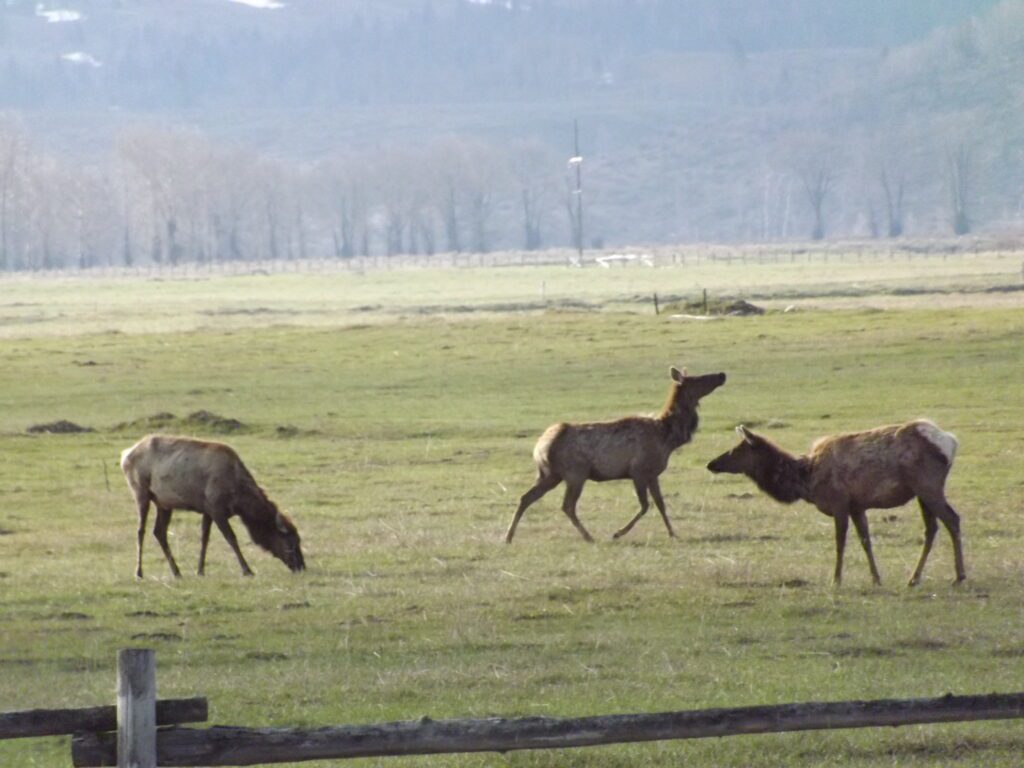
Two pair of elk were kept in the park from that time, along with buffalo. The bull elk have been rotated periodically to avoid inbreeding, and when the buffalo get too numerous some are auctioned off. Today, one can still see elk and buffalo in that part of the park.
Sheridan Post June 1912: Antelope for Park. Pioneer Park Zoo to Make Valuable Acquisition. Unless the permission of state game warden D. L. Hudson is withheld, two pretty little antelope will soon be added to the collection of animals already in the zoo at Pioneer Park. The animals are available. having been captured by a rancher who resides north of Gillette, and who is ready and willing to turn them over to the park, and application has been made to the game warden for permission to accept them.
It is not believed that Mr. Hudson personally will have any objections to the plan, and if there are no legal difficulties that cannot be surmounted the antelope will soon be on exhibition at the park, Charles Bury is the name of the rancher who captured the antelope, and as a result he got into trouble, for there is a law on the statute book of Wyoming that makes it a serious offense to capture any of the wild animals that are protected.
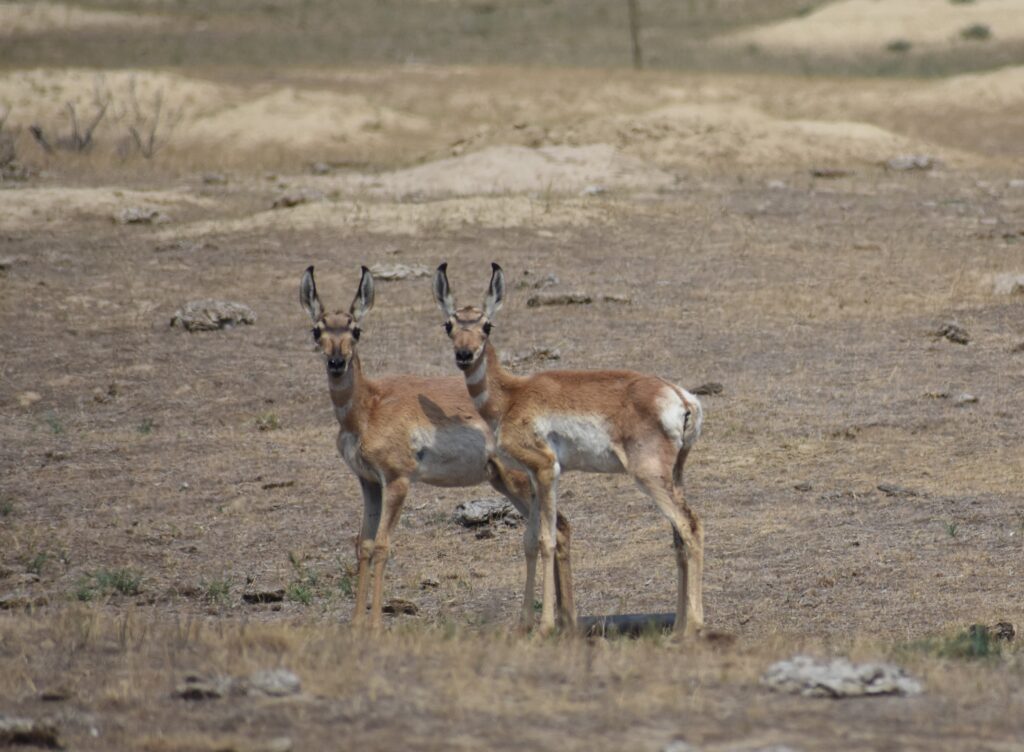
The attention of Deputy Game Warden Ed Hutsonpiller was called to the fact that Bury had captured the two antelope, and his duty impelled him to prosecute. Last week he went to the Bitter Creek country north of Gillette, where Bury lives, to make an investigation. he found that Bury had really performed a humane act when he captured the little antelope, for they had been deserted by the mother and had they not been cared for would have perished. The article said if the state game warden approved the application the antelope could become a part of the zoo.
The zoo also had natural increases of animals over the years, especially in the spring.
Sheridan Daily Enterprise, June 1912, Stork Visits the Pioneer Park Zoo Two fawns have arrived and there are Several Broods of Ducks and Pheasants. A natural increase in the zoological collection of Pioneer Park has been noted within the past few days and in addition to this Improvements are constantly under way to make the park a resting place and breathing spot for the hundreds of local citizens as well as many outside visitors.
One of the does recently game birth to two fawns and already has shown a jealous disposition, being inclined to regard the admiration by the visitors in a suspicious manner.

While the deer, antelope, elk and buffalo are native animals, with the donations of monkeys and goats, and a pair of golden pheasants, the zoo expanded to include such exotic animals. At one time the zoo had ocelots, an African Lion, named Major Sheridan; two bears, alligators, and other non-native species.
Sheridan Daily Enterprise July 1910, Pioneer Park: Sid Seney Has Donated Two Monkeys to the Public Collection. Today at noon Sid Seney donated to the city his two monkeys “Abe, a male, and “Laura” a female. The same were taken in charge by Fred Friebel. superintendent of Pioneer Park and will be placed in the enclosed cage near the grandstand formerly occupied by the squirrels. Mr. Friebel was quite jubilant over the gift, and he thanked the donor on behalf of the city.
The gift is a most substantial one, and one that would cost the city a good bit of money to equal. The public in general will appreciate the generosity and public spiritedness of Mr. Seney. The Pioneer Park belongs to all people and they are quite proud to walk through the different lobbies and view the great work done in the verdure and horticultural way, under the direction of Mr. Friebel. Nobody ever goes away without viewing the zoological collection. Here are almost every conceivable kind of an animal; deer, antelope, bear, and, in fact, everything now but a mountain lion and an elephant.
And, of course, some animals didn’t always subscribe to human hours.
Sheridan Enterprise, January 1919: Opossums Arrive at Pioneer Park Zoo A pair of Missouri opossums has just arrived at the zoo at Pioneer Park. As soon they have become acclimated, they will be placed on exhibition but the caretaker at the zoo stated today that it would be necessary to come out at night to see them. Opossums do not make their appearance until after dark.
The Sheridan Post September 1921 Additions To Zoo In Pioneer Park The latest acquisition to the Pioneer park zoo is a pair of year old ocelots which were received this week from the animal training camp at Austin, Mont., owned by G. F. Wilman. Ocelots are a species of tiger with brown body and black and yellow spots closely resembling the markings of a leopard. The animals were trapped in northern Mexico by Mr. Wilson and are thought to be the only pair in the state. They were laid down in Sheridan for $35 each.
It will also be of interest to Sheridan juveniles who every day may be seen watching the monkey cage that Jiggs has acquired steady job riding a pony in the animal show which appeared in Sheridan short time ago. In his place, the park is richer by a younger and more perfect specimen of monkeyhood, which has been adopted by Maggie as one of her own.
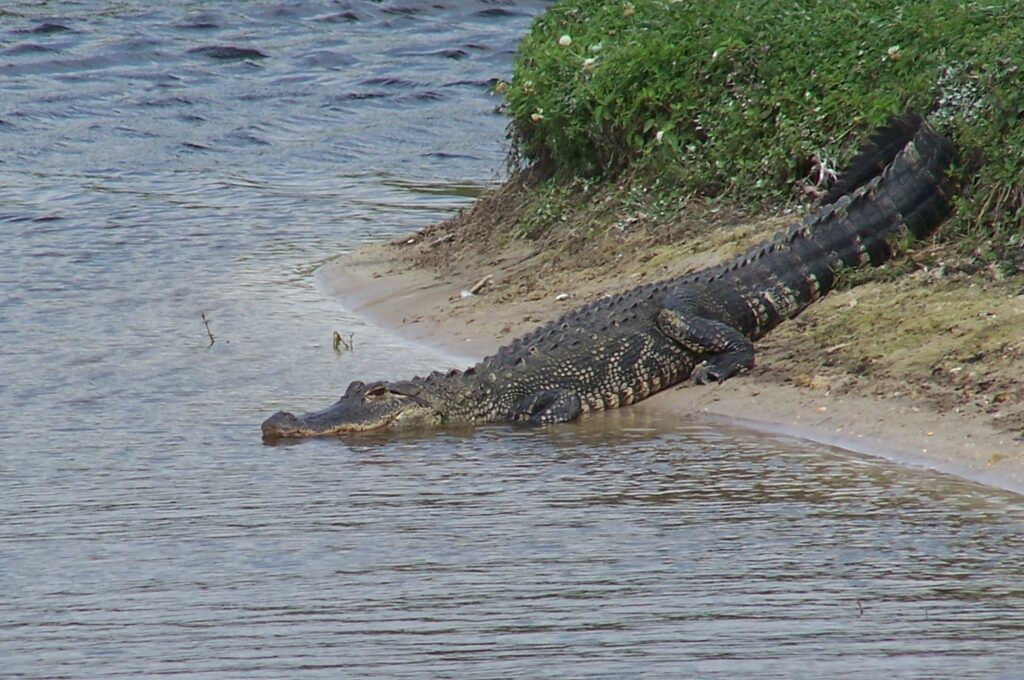
Things didn’t always run smooth at the zoo. From the above newspaper article, Since one of their number turned cannibal and devoured its mate, the alligator pen at the Pioneer Park has been depleted to six. The alligators were recently purchased from the Jacksonville, Fla., alligator farm owned and operated by “Young Alligator Joe.”
The pen of alligators is kept from growing obese and lazy by a ten-pound snapping turtle, one terrapin and a dozen gopher turtles recently shipped in from Florida, which make them lively most of the time.
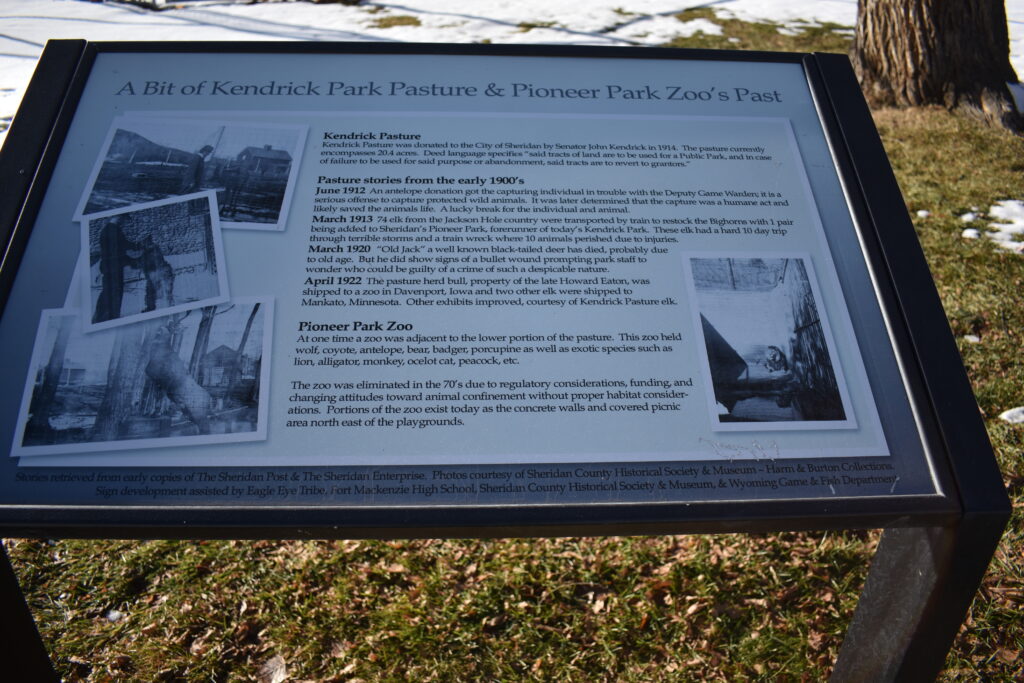
Sheridan Daily Enterprise November 1910: Park Superintendent Friebel has removed the two bears from the edge of the creek to their former home in the deer pen. Susie, the brown bear, and Nora, the black bear, now have separate caves in which to retreat from the cold weather. These caves have been dug back in the side of the hill are six feet by four feet and will serve for their winter quarters. Recently one of the links in the chain holding the black bear broke by its continual use and for a time the bear had its freedom.
Mr Friebel was successful in roping the animal, however, and restoring him to captivity. Upon examination it was found that several other links had almost been worn in two and to avoid another such escapade new chains were bought and placed on each animal.
A cave has also been dug for the two monkeys to provide them with warm winter quarters, and they seem well contented with the new order of things. For companionship a little dog was placed in their cage and was welcomed by the monkeys with a brotherly love, who allow him to sleep with them every night.
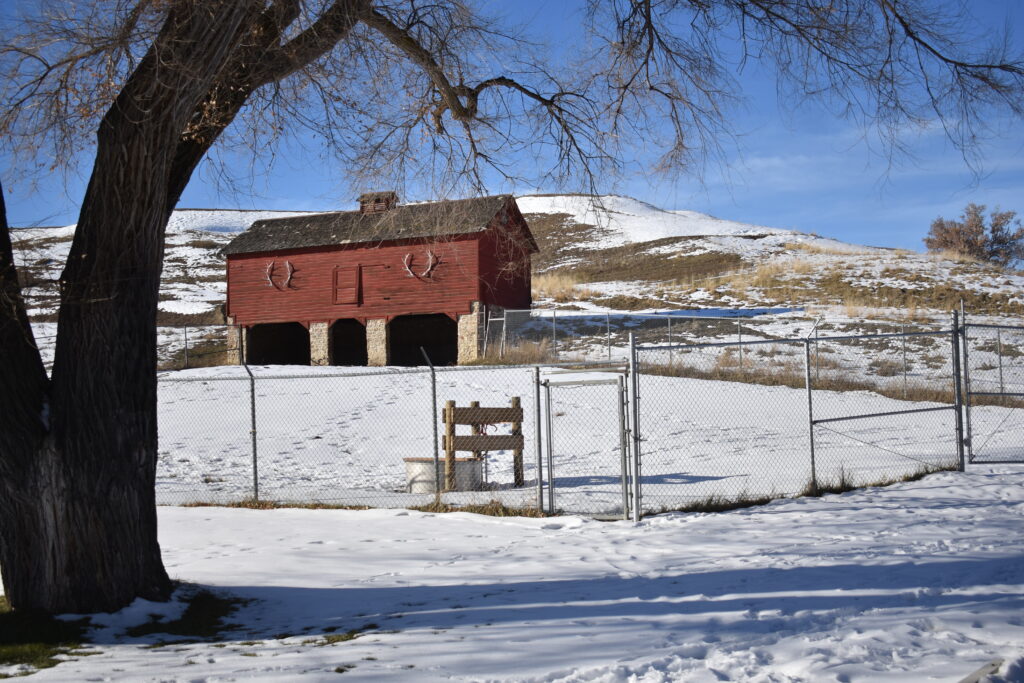
Birds were a big feature at the zoo from the Sheridan Post May 1910
Bird Life at the Park: Superintendent Friebel Reports Great increase in Family. Great Attraction – Furnished by Pheasant Chicks and Goslings to Children of the City — Pioneer Park is great beauty spot and additions to the bird life of Kendrick Park are on the way in the shape of several settings of pheasant and duck eggs. Eight beautiful little pheasant chicks were hatched a week ago. Another lot will hatch today, and five more settings are due to hatch within the next week or so. This will mean several dozen or more of these multi-colored birds for the park, an addition of which to be proud. A very peculiar thing in connection with the setting of the pheasant eggs is the fact that one setting is under a pheasant hen.
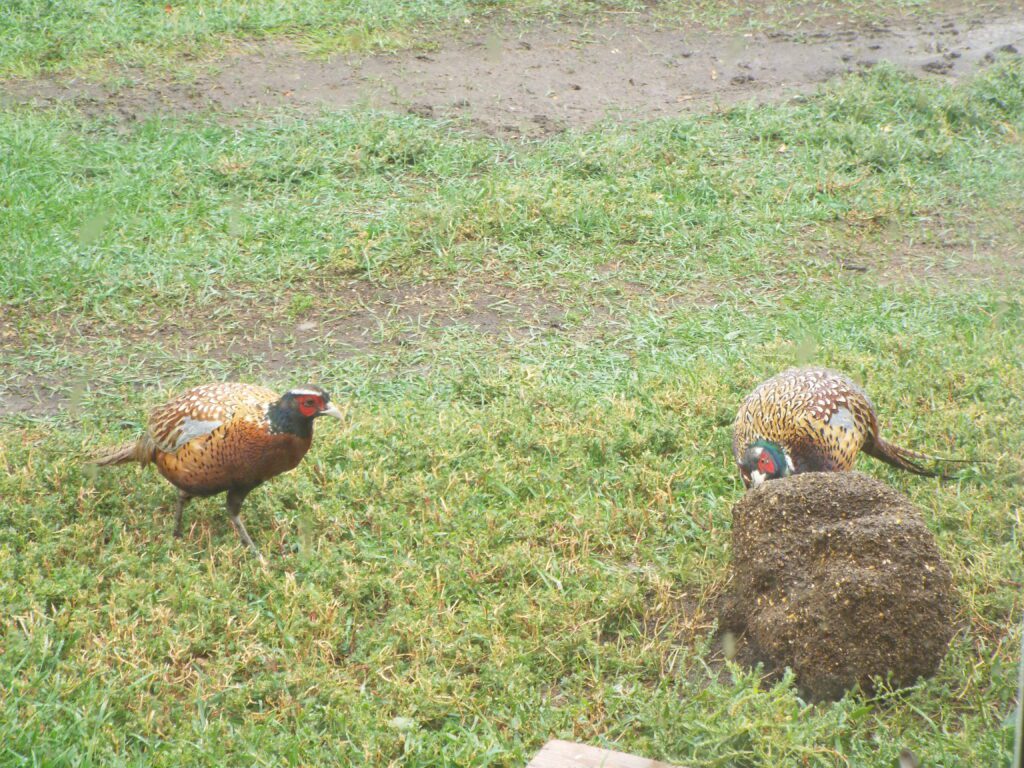
This is an exception, as it is said that pheasants will not set while confined. All the other eggs are under chickens. Six little Indian runner goslings were taken to the duck house in the park this morning and will be released Sunday to enjoy themselves on the lake. They will be a great attraction to the children and many grown-ups, who delight in watching them cut capers in the water. An amusing sight at present are Billy and Nanny, the two Angora goats. They were sent to the shearing a few days ago and all their long hair was removed, and they are an unsightly spectacle. Billy is so ashamed of himself that he spends most of his time in an upturned crate back of his residence.
The deer are very tame and gentle and like to be petted. A little fawn of the white-tall variety is expected within the next month. There are already two white-tail does and one buck, and two black-tailed backs in the park. The bucks are growing their new horns, which are just month out, and are very soft and velvety. Some time ago a dog tore a hole in the squirrel cage and liberated three of the four occupants, they remained in the park, however, and come to the cage every morning for their breakfast.

Today, all that is left of the zoo is the buffalo and elk pasture, some concert and stone foundations and a picnic shelter at the north end of the park. It was eliminated in 1971, due to cost of keeping it going and changing attitudes toward animal confinement.
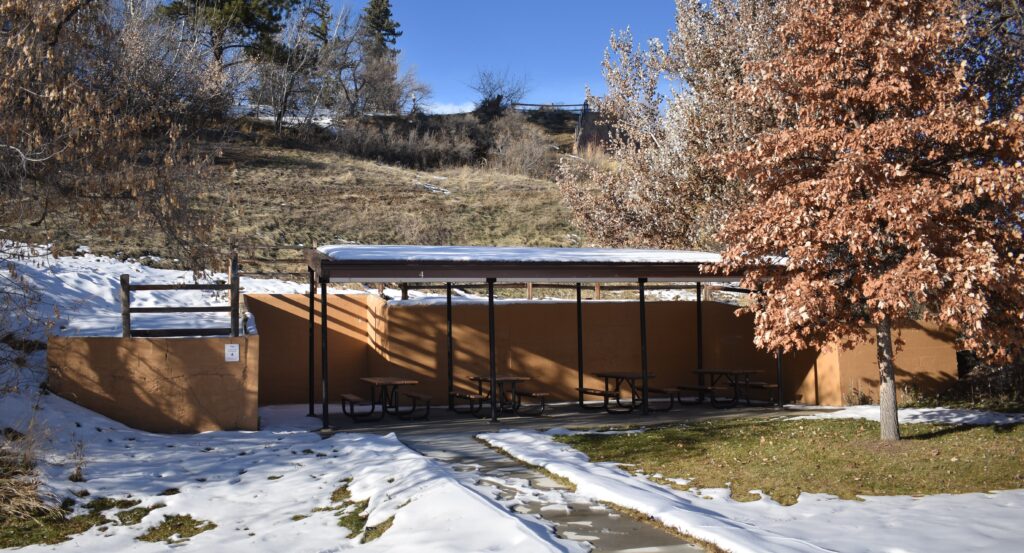
The Pioneer Park Zoo, a little-known part of Sheridan’s history.

